10 animals with see-through bodies

Fascinating adaptations
Transparency in the animal kingdom is a fascinating adaptation that serves as a survival mechanism. This article explores ten remarkable animals that boast see-through bodies, allowing them to blend into their environments and evade predators.
Image: Courtesy of Schmidt Ocean Institute

Glasswing Butterfly
The Glasswing Butterfly, native to the Americas, is a marvel of nature with its transparent wings that allow it to camouflage seamlessly into its environment. The clear wings are a result of the unique structure of their wing scales, which allows light to pass through without scattering, rendering them nearly invisible to predators. These butterflies are known to undertake long migrations, traversing vast distances, showcasing their resilience and adaptability.
Image: iStock

Sharpear Enope Squid
The Sharpear Enope Squid is a master of disguise in the ocean’s depths. Its transparent body, dotted with pigmented cells, provides an effective camouflage against the vast blue backdrop of the sea. These squids are found in the mesopelagic zone, where light begins to dwindle, making their transparency an essential survival trait. The pigmented cells, or chromatophores, can change color and pattern, allowing the squid to blend more effectively into its surroundings or communicate with others of its kind. The sharpear enope squid has bioluminescent organs called photophores on its body, which it uses for counter-illumination camouflage, attracting prey, and communication. Like many deep-sea squids, it has the ability to produce light through bioluminescence. This is achieved through photophores, which are light-emitting organs located on various parts of its body.
Image: Steven Kovacs/X

Transparent Juvenile Surgeonfish
Transparent Juvenile Surgeonfish are a testament to the extraordinary adaptations marine life has developed. In their early life stages, these fish are completely see-through, a feature that protects them from the multitude of predators in their habitat. As they mature, their bodies gain color, but until then, their transparency is a crucial defense mechanism. Found in the temperate waters around New Zealand, these juveniles are a part of the vibrant and diverse marine ecosystem.
Image: Pinterest
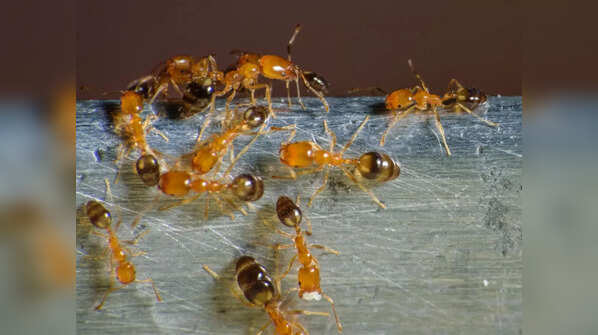
Pharaoh Ant
Pharaoh Ants, almost invisible to the naked eye, are a widespread species known for their translucent bodies. These tiny insects have conquered diverse environments across the globe, thriving in both natural and urban settings. Their near-transparency makes them elusive pests, particularly challenging to eradicate once they’ve established a colony. Despite their size, Pharaoh Ants are formidable survivors, capable of adapting to various climates and conditions. Pharaoh ants are a tropical species, but they also thrive in buildings almost anywhere, even in temperate regions provided central heating is present.
Image: iStock
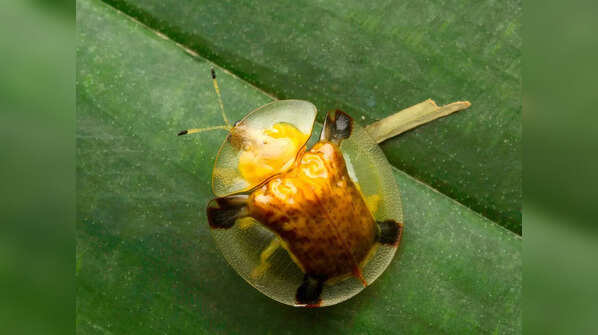
Tortoise Shell Beetle
The Tortoise Shell Beetle, with its nearly transparent shell, is a small but remarkable insect. The clear shell not only serves as a protective barrier but also as a means of camouflage, allowing the beetle to blend into its surroundings and avoid predation. When threatened, the beetle can retract its limbs and head, resembling a bird dropping—an effective deterrent against predators. This beetle’s ability to deceive is a fascinating example of mimicry in the insect world.
Image: Canva

Glass Shrimp
Glass Shrimp, also known as ghost shrimp, are intriguing aquatic creatures with nearly transparent bodies. These small crustaceans are a common sight in freshwater habitats across the eastern United States. Their translucency makes them difficult to spot, providing a natural defense against predators. Glass Shrimp are opportunistic feeders, scavenging for food particles in the substrate and contributing to the cleanliness of their aquatic environment.
Image: Canva
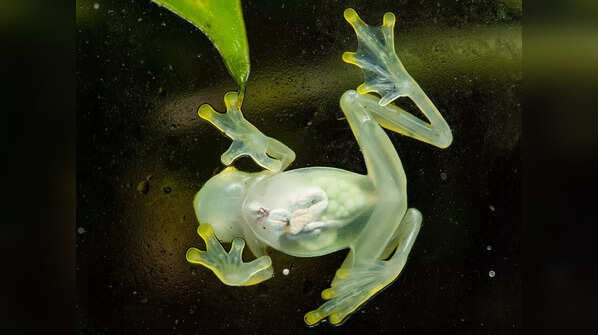
Glass Frogs
Glass Frogs are a group of amphibians whose most distinctive feature is their transparent abdominal skin, through which their internal organs can be seen. This remarkable adaptation provides them with excellent camouflage against the foliage of their arboreal habitats. These frogs are primarily found in the rainforests of Central and South America, where their translucency allows them to blend into the leaves, making them nearly invisible to both prey and predators.
Image: Canva
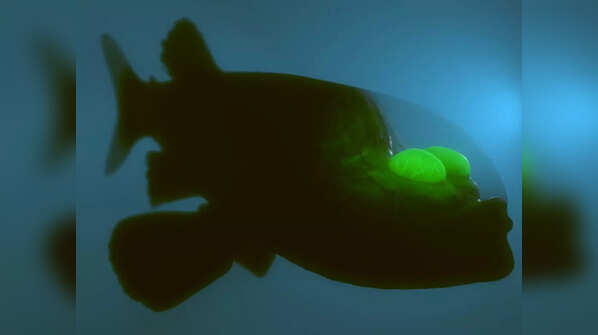
Barreleye
The Barreleye is a deep-sea fish known for its transparent head and barrel-shaped eyes. This unique adaptation allows the Barreleye to scan its environment for food and predators. The fish’s eyes are capable of rotating within its transparent head, providing a wide field of vision in the dark waters of its habitat. The Barreleye’s unusual appearance and behavior continue to intrigue scientists and deep-sea explorers alike.
Image: Canva
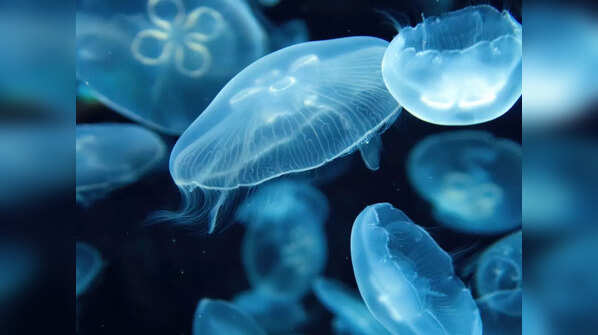
Moon Jelly
Moon Jellies are ethereal marine creatures with translucent, moon-like bells. These jellies are found drifting in the open oceans, where their diaphanous bodies help them blend into the water column. Moon Jellies feed on a variety of small planktonic organisms, which they capture using their delicate, stinging tentacles. Their gentle pulsing movements propel them through the water, adding to the serene beauty of their underwater ballet. Moon jellies have a complex life cycle that includes both sexual and asexual reproduction. They go through a polyp stage, where they attach to surfaces and produce medusae (the adult jellyfish) through a process called strobilation.
Image: Canva









